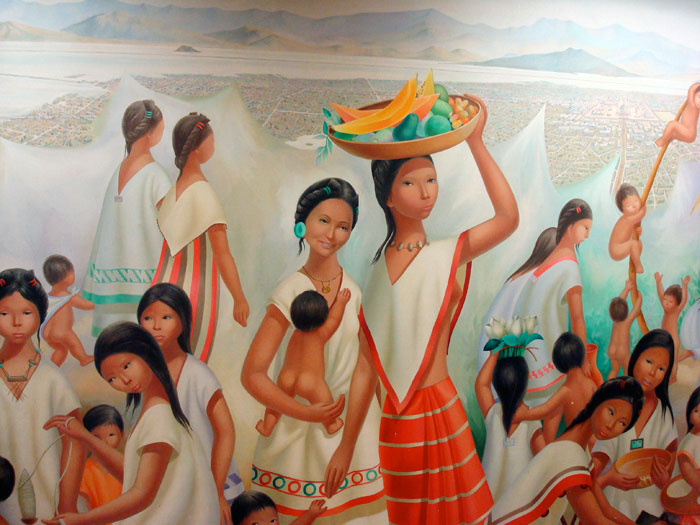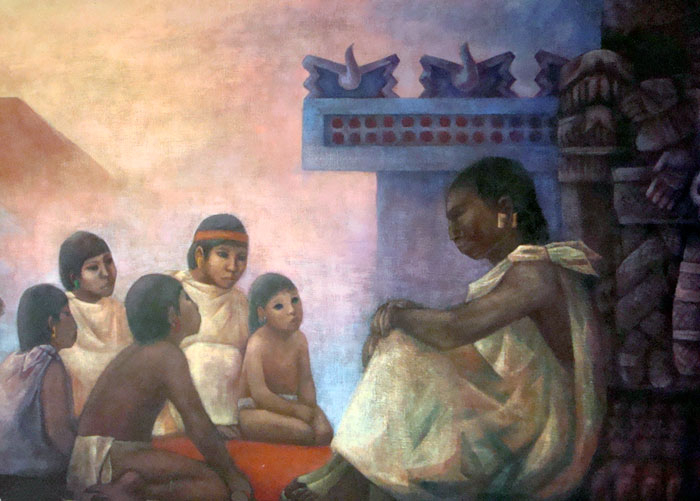The Aztec Were The First To Provide Universal Compulsory Education To All Children
In comparison to contemporary civilizations in the Eastern and Western Hemispheres, Aztec education was very advanced. The Aztec Empire was one of the few earlier civilizations that mandated household and school education. Every youngster, regardless of social standing, was educated, whether noble, commoner, or slave. The noble class had two schools, one for nobles and the other for commoners, yet brilliant, intelligent commoners could be selected for higher studies at the aristocratic school. Aztec education, on the other hand, began at home with the parents. Boys learned and worked with their father in a trade or craft, farming, hunting, and fishing, starting at the age of four or five. All of the tasks required to operate a household were taught to girls by their moms.
The Aztec Empire is credited with being the first empire to institute universal compulsory schooling. Regardless of social position, whether aristocratic, commoner, or slave, every child was educated. Boys learned their fathers' occupations, such as hunting, farming, fishing, and so on, while girls learned household responsibilities. All children were forced to attend school from the age of 12 to 15, where they learnt ceremonial music as well as the history and culture of their civilisation. Boys and girls went to separate schools. Girls' formal schooling traditionally concluded at the age of 15. After the age of 15, there were two schools for boys: the Telpochcalli, which was for the poor, and the Calmecac, which was for the aristocracy. Telpochcalli's curriculum was predominantly military in nature, but it also contained civics, history, and religion. Military instruction was mixed with religion, governance, astronomy, math, architecture, history, poetry, and other subjects at Calmecac.












